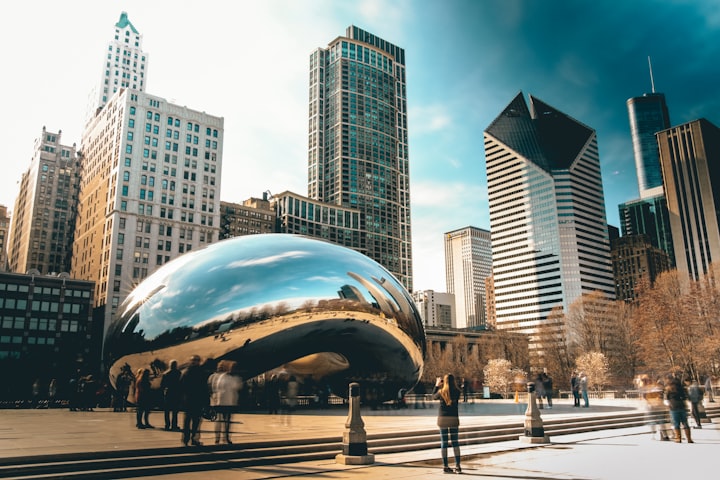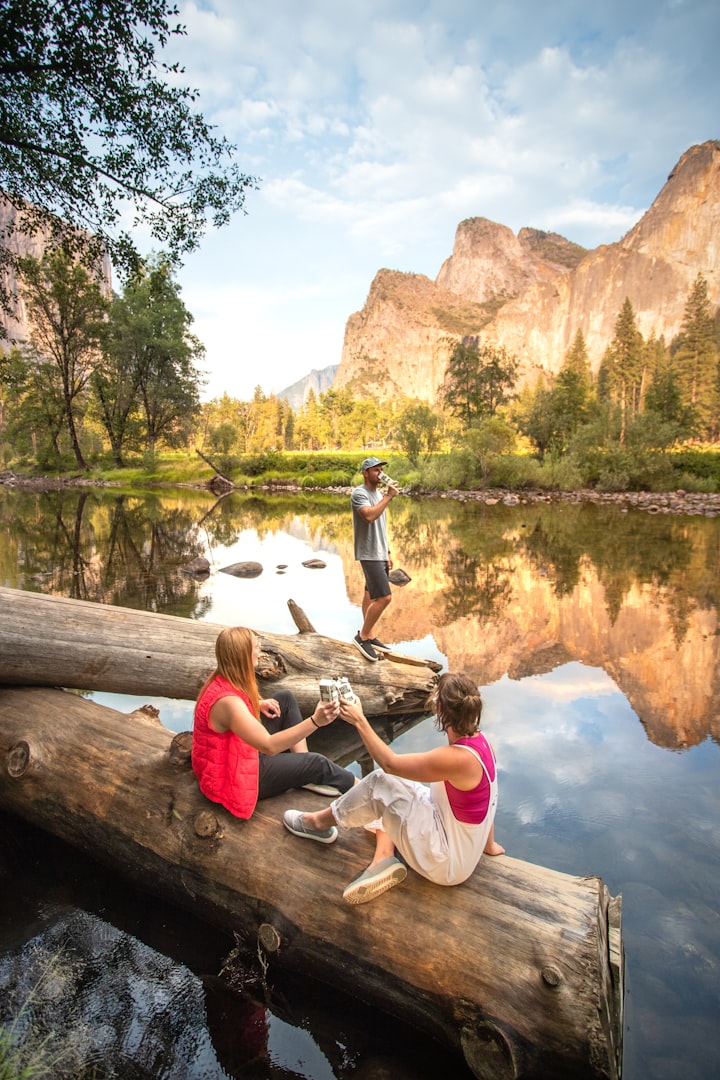CHICAGO DROUGHT
Chicago-area drought conditions expected to continue. Here's what we know

In the bustling city of Chicago, where the wind often whistled through the towering skyscrapers, an unexpected challenge gripped the metropolis—a relentless and prolonged drought. The once vibrant and thriving city found itself in the clutches of an arid spell, testing the resilience of its residents and reshaping the landscape they called home.
It began innocently enough—a few weeks without significant rainfall—but as time went on, the absence of precipitation became increasingly apparent. Lawns withered, gardens wilted, and the familiar hum of sprinklers was replaced by an eerie silence. The once glistening waterways that wound through the city transformed into mere trickles, their depths shrinking day by day.
As the drought persisted, the city's reservoirs began to dwindle. Water restrictions were put in place, urging residents to conserve every precious drop. Lawns were left unwatered, cars remained unwashed, and showers became shorter, all in an effort to stretch the available resources. The citizens of Chicago understood the severity of the situation and embraced the challenge with a united front, recognizing the importance of their collective effort.
Businesses and organizations also felt the weight of the water shortage. Restaurants struggled to maintain their usual operations, altering menus and conserving water in their kitchen practices. Office buildings implemented measures to reduce water consumption, from low-flow faucets and toilets to recycling graywater for non-potable uses. It seemed that every aspect of daily life was affected by the unforgiving grip of the drought.
As the weeks turned into months, concern grew throughout the city. The impact of the water shortage rippled beyond parched lawns and dwindling reservoirs. Farmers faced crop failures, leading to increased prices at grocery stores and a strain on the local economy. The city's iconic parks and green spaces, once vibrant and lush, transformed into brown and barren landscapes.
Community initiatives sprang into action, driven by the desire to support one another during this challenging time. Neighborhood gardens were transformed into communal spaces where residents could come together to share water-saving techniques and exchange drought-resistant plant species. Educational campaigns were launched, educating children and adults alike about the importance of water conservation and the need for sustainable practices.
The city administration worked tirelessly to address the crisis. Water management teams explored various solutions, from implementing desalination technologies to tapping into alternative water sources. The construction of rainwater harvesting systems became a common sight, capturing every precious droplet that fell from the sky. Conservation measures were enforced more strictly, and public spaces were redesigned to incorporate drought-tolerant landscaping.
The spirit of innovation and resilience that defined Chicago came to the forefront during this trying period. Engineers and scientists collaborated to develop innovative water-saving technologies and practices, ensuring a more sustainable future for the city. Green roofs, permeable pavements, and smart irrigation systems became hallmarks of Chicago's commitment to water conservation and environmental stewardship.
Throughout the challenges posed by the drought, the spirit of community remained strong. Residents organized water drives to support those in need, collecting and distributing water to vulnerable populations. Community gardens transformed into beacons of hope, showcasing the beauty and adaptability of drought-resistant plants. The resilience of Chicagoans shone through as they stood together, united in the face of adversity.
And then, after what felt like an eternity, the heavens finally opened up. Raindrops cascaded from the sky, washing away the dust and weariness that had settled upon the city. The streets glistened, and the scent of petrichor filled the air. Smiles graced the faces of residents as they stepped outside to feel the long-awaited relief on their skin.
The drought had taken its toll, leaving scars on the landscape and in the hearts of those affected. But it had also sparked a renewed appreciation for the value of water and the need for sustainable practices. Chicago emerged from the drought stronger, more united, and better prepared to face the challenges of a changing climate.
As the city healed and the reservoirs replenished, lessons were etched into the collective memory. The importance of water conservation remained at the forefront of the city's priorities. Chicagoans continued to embrace sustainable practices, recognizing that their actions today would shape the future of their beloved city.
The Chicago drought had tested the mettle of the city and its residents. It had revealed the depth of their resilience and their unwavering spirit in the face of adversity. And as the winds blew through the skyscrapers once again, whispers of gratitude and determination echoed through the streets, reminding all who lived there of the strength that had carried them through the drought and the promise of a more sustainable future.





Comments
There are no comments for this story
Be the first to respond and start the conversation.